Nationality American First flight January 1911 | Name Katherine Stinson Role Flier | |
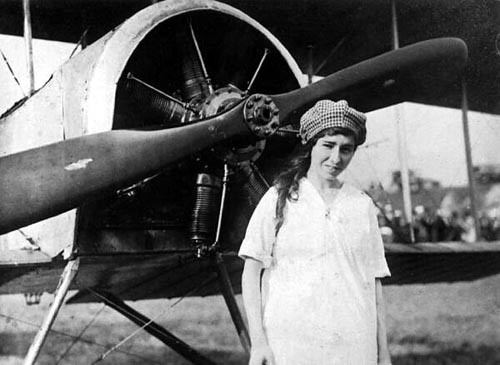 | ||
Born February 14, 1891Fort Payne, Alabama ( 1891-02-14 ) Spouse Miguel Antonio Otero, Jr. Known for Aviator, stunt and exhibition flying Flight license July 24, 1912Pine Bluff, AR Relatives Marjorie Stinson, Edward Stinson | ||
Katherine stinson 1917
Katherine Stinson (February 14, 1891 – July 8, 1977) was an early female flier.
Contents
- Katherine stinson 1917
- Katherine stinson aka the flying schoolgirl
- Biography
- Legacy
- Works featuring Katherine Stinson
- References
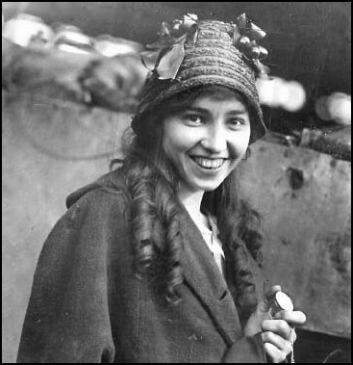
Katherine stinson aka the flying schoolgirl
Biography
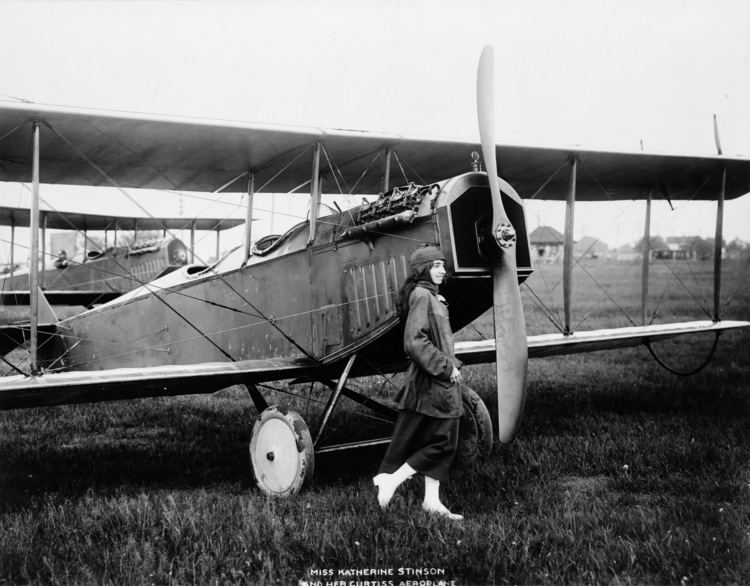
She was born on February 14, 1891, in Fort Payne, Alabama.
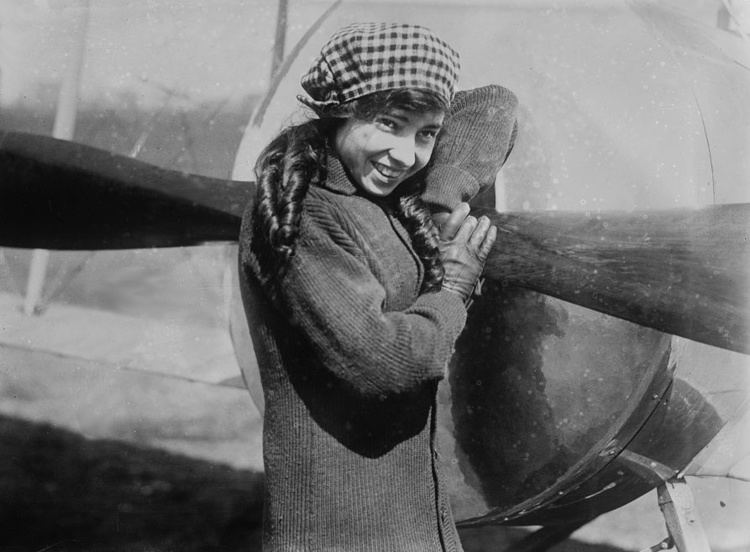
She was the fourth woman in the United States to obtain a pilot's certificate, which she earned on 24 July 1912, at the age of 21, while residing in Pine Bluff, Arkansas. Initially, she planned to get her certificate and use money she earned from exhibition flying to pay for her music lessons. However, she found she liked flying so much that she gave up her piano career and decided to become an aviator. In January 1911, Stinson went to St. Louis to take flight lessons from Tony Jannus who only allowed her to fly as a passenger. She then took flying lessons from the well-known aviator Max Lillie, a pilot for the Wright Brothers, who initially refused to teach her because she was female. But she persuaded him to give her a trial lesson. She was so good that she flew alone after only four hours of instruction. A year after receiving her certificate, she began exhibition flying. On the exhibition circuit, she was known as the "Flying Schoolgirl." Katherine Stinson tried to tell newspaper reporters she was actually 21, not 16, but they refused to believe her.
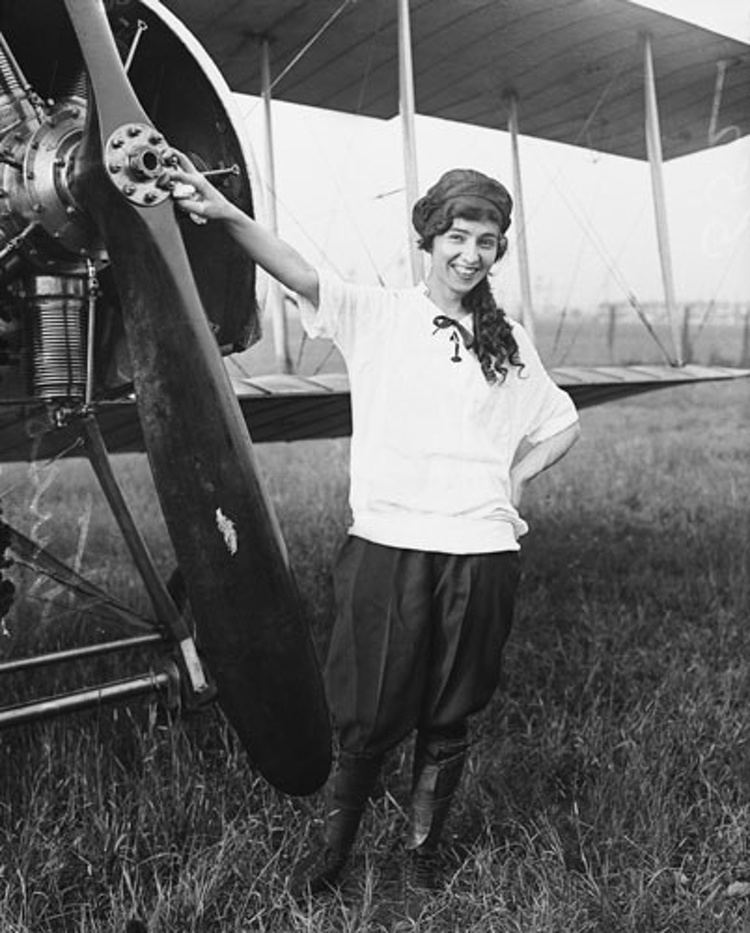
After she received her certificate, Stinson and her family moved to San Antonio, Texas, an area with an ideal climate for flying. There she and her sister, Marjorie, began giving flying instruction at her family's aviation school in Texas. On July 18, 1915, Stinson became the first woman to perform a loop, at Cicero Field in Chicago, Illinois, and went on to perform this feat some 500 times without a single accident. She also was one of the first women authorized to carry airmail for the United States. During World War I, Stinson flew a Curtiss JN-4D "Jenny" and a Curtiss Stinson-Special (a single seat version of the JN aircraft built to her specifications) for fundraising tours for the American Red Cross. During exhibition flights in Canada, Stinson set Canadian distance and endurance records, and, in 1918, made the second air mail flight in Canada between Calgary and Edmonton, Alberta.
On December 11, 1917, Katherine Stinson flew 606 miles from San Diego to San Francisco, setting a new American non-stop distance record.
The Stinson School closed in 1917, and Katherine became an ambulance driver for the Red Cross in Europe.
In 1918, she flew non-stop from Chicago to Binghamton, New York.
In Europe during the Great War, she contracted influenza, which damaged her lungs, making her susceptible to tuberculosis. In 1920, she retired from aviation.
In 1927, she married airman Miguel Antonio Otero, Jr., son of the former territorial governor of New Mexico. Although she could no longer fly, she worked as an architect for many years in Santa Fe, New Mexico.
She died in 1977 at the age of 86.
Katherine Stinson's biography is featured in CBS TV series "The Henry Ford's Innovation Nation," S3/Ep02 (2016), originally aired October 8, 2016, episode 54 in the series.
Legacy
Stinson's flying inspired her brothers to form the Stinson Aircraft Company. All of her stunt flying was done in aircraft using the Wright control system, which uses two side-mounted levers for pitch and roll, with top mounted controls for throttle and yaw.
The second oldest general aviation airport in the United States, Stinson Municipal Airport (KSSF) in San Antonio, Texas, was named in the Stinson family's honor. A middle school in northwest San Antonio, TX, Katherine Stinson Middle School, was named in her honor.
